#Brutal Art
Thus, the exhibition showcases angels, demons, establishment figures, and
even potatoes, using a unique visual language to delve into the human psyche,
resulting in an outcome that can be unsettling, strange, or even amusing for
some.
Under the premise of not treating the artistic object as something sacred or
purely decorative, Brutal Art is defined as an exercise in experimentation and
synthesis of reality. The artwork emerges as a portrayal of that which is
feared, achieved through the juxtaposition of the image with its represented
subject.
In his creative process, Fesma employs formality to disrupt reality through
disproportion and the deformation of established initial forms, exaggerating
particular moments of these silhouettes. This exaggeration breaks the initial
relationship between the (now exaggerated) moment of the form and the
entirety of the original figure. It does not explode the initial mold, so to speak,
but rather brings it out of its attained rest.
In this manner, concepts take on a physical appearance, transforming popular
scenes into forms where elements such as sarcasm and symbolism are
pivotal in the articulation of their meaning. This is why the exhibition is seen
as a stage for popular figures and characters who assume the role of actors in
a grotesque theater. Beauty is determined not by visual perception but by the
significance the artwork acquires.
The exhibition presents a journey through the dystopia of the modern world,
an experience of degeneration where Charles III engages in a dialogue with a
poisoned potato or a lizard playing chess. The collection is characterized by
its non-classical approaches and defiant nature, concealing the connotation
between the morphology of each artwork while seeking its own identity.
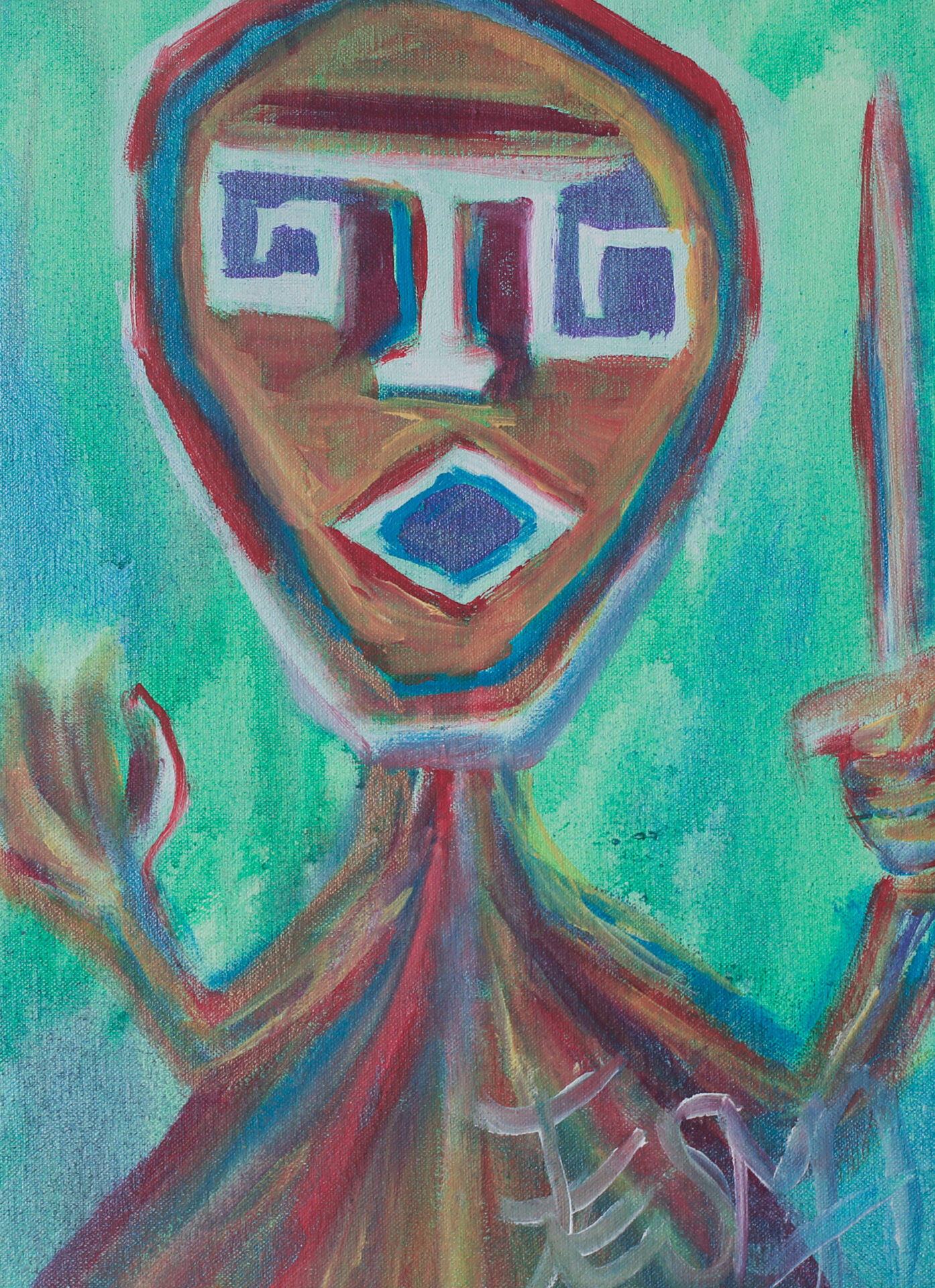
43×32 cm
acrylic on canvas
2022

65×45 cm
Acrylic on canvas
2022
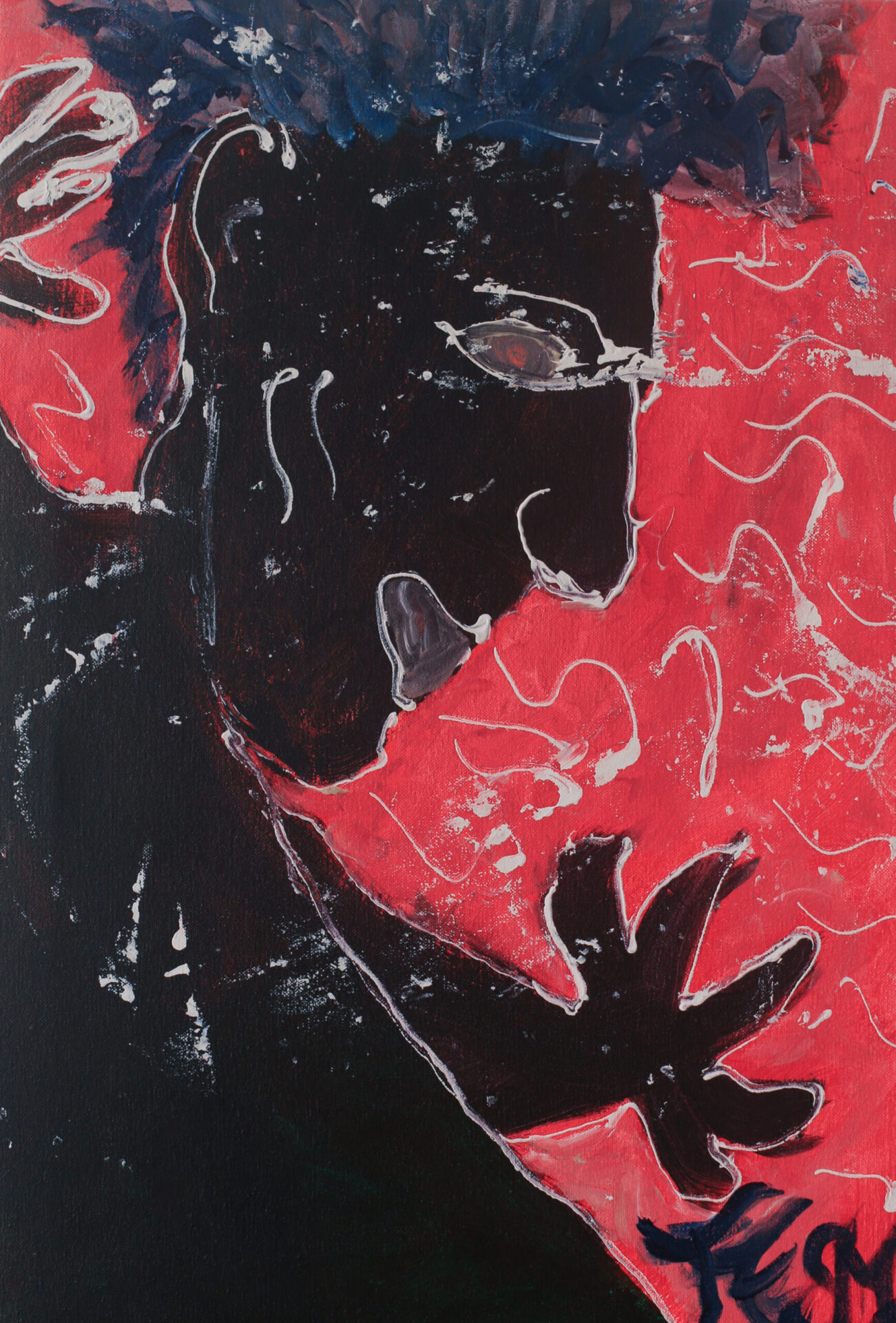
61×42 cm
acrylic on canvas
2022

61×42 cm
acrylic on canvas
2022
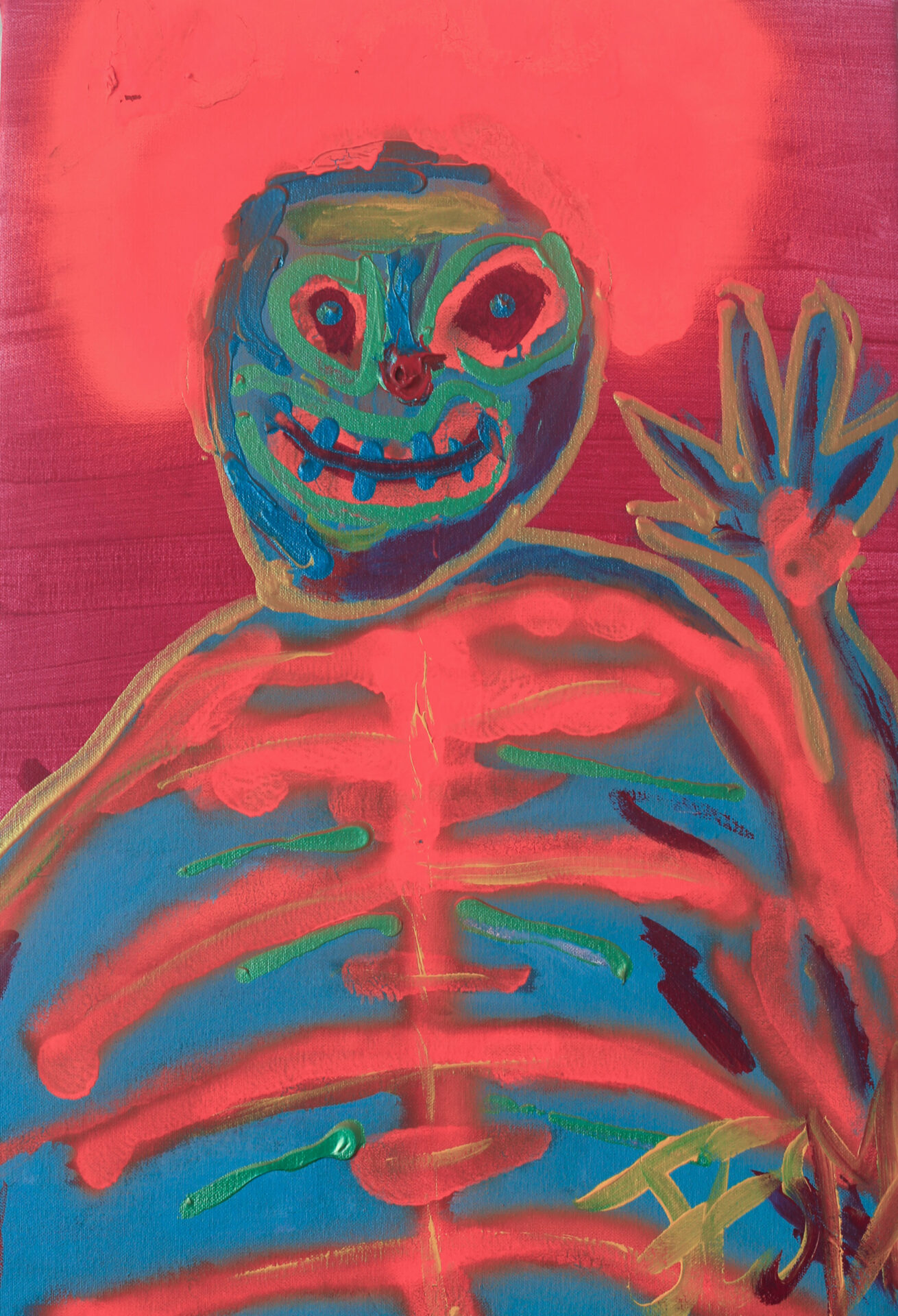
61×42 cm
acrylic and spray on canvas
2023
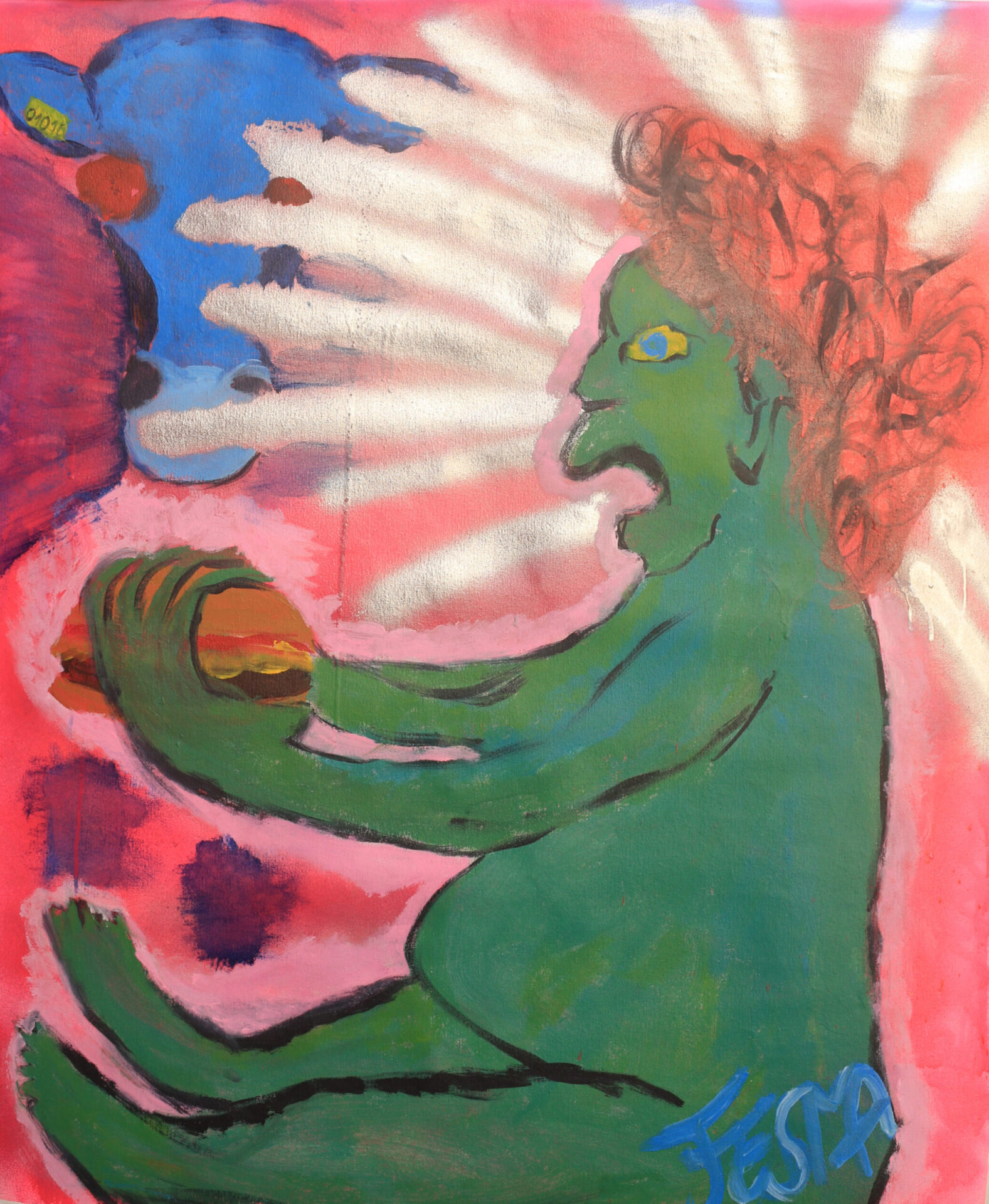
100×80 cm
Spray and acrylic on canvas
2023

100×80 cm
Acylic and spray on canvas
2023
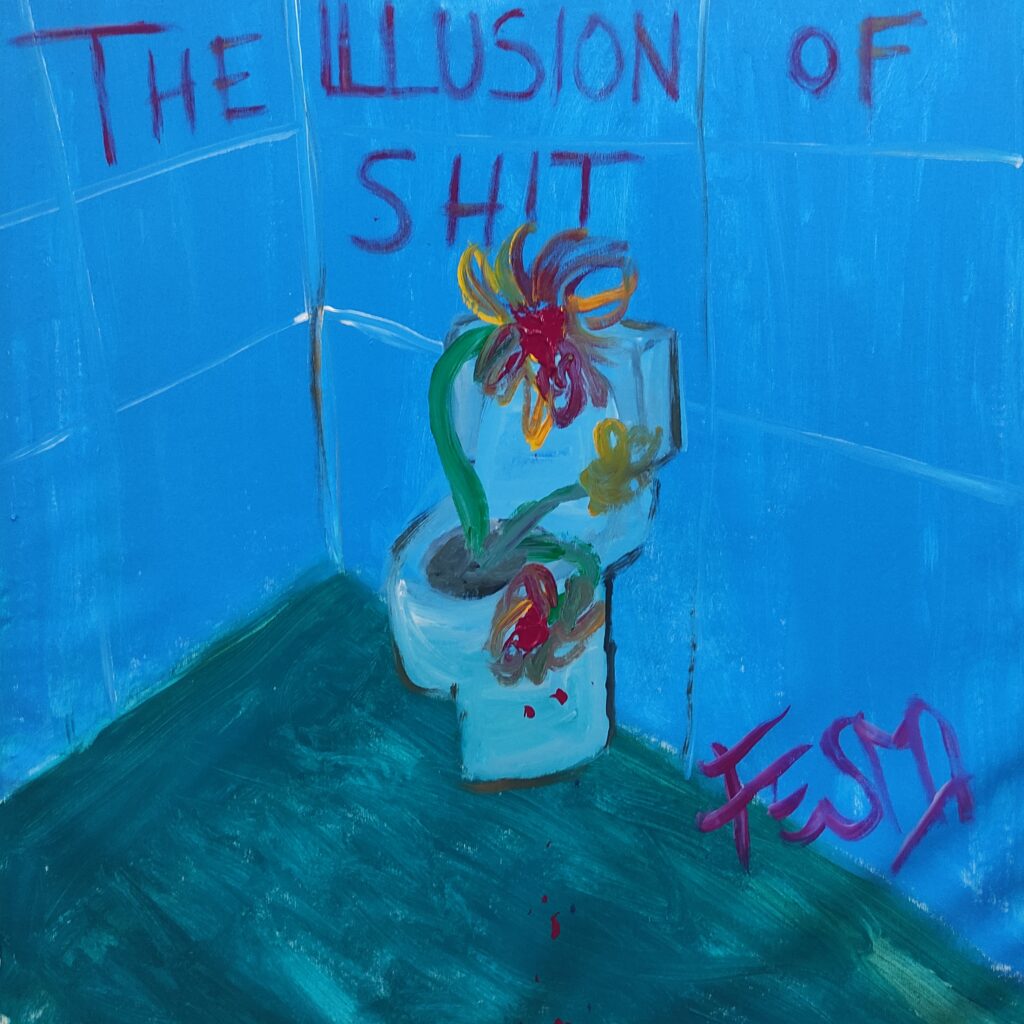
100×80 cm
Acylic on canvas
2023

100×80 cm
Acylic and spray on canvas
2023
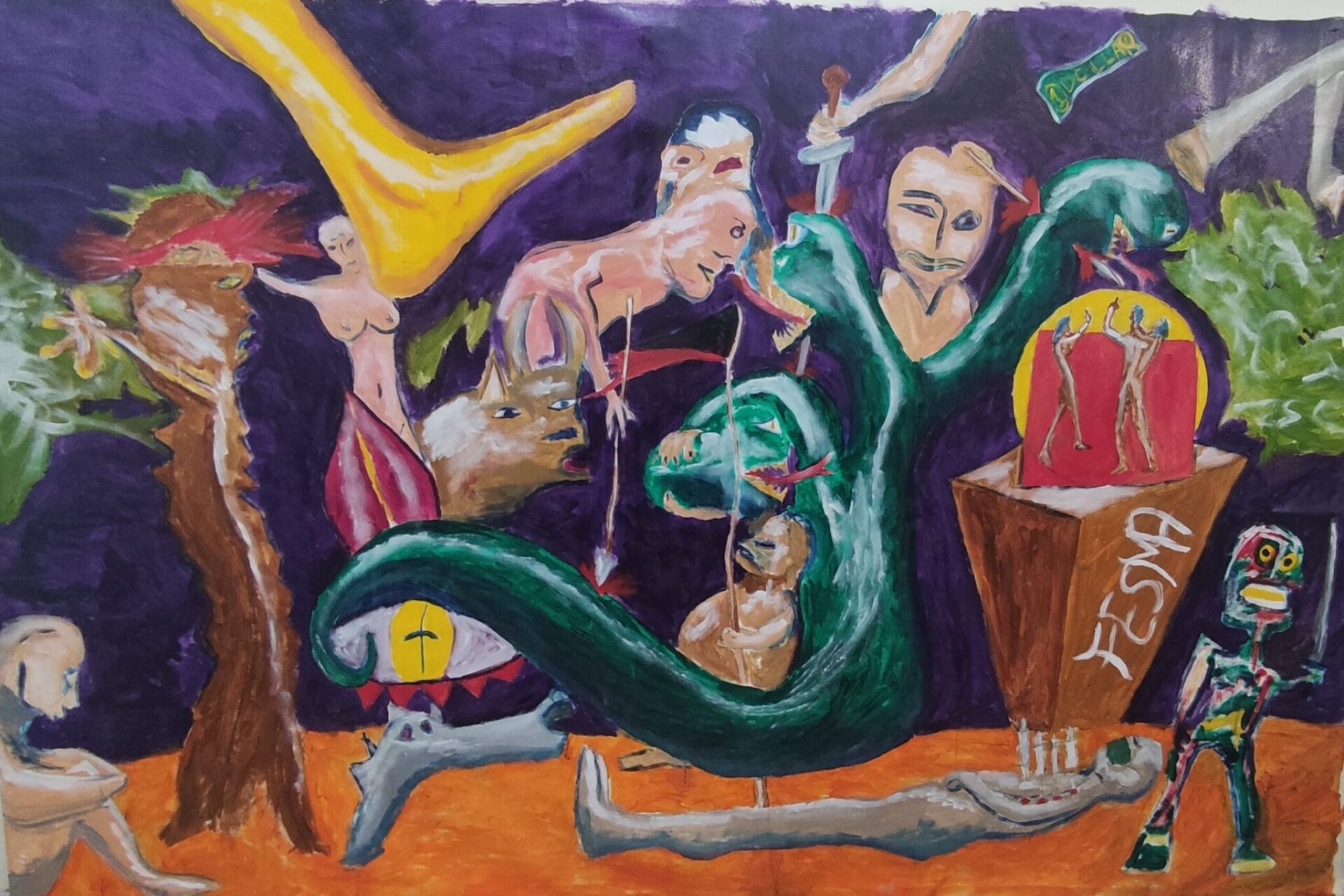
300×200 cm
Acrylic on canvas
2022
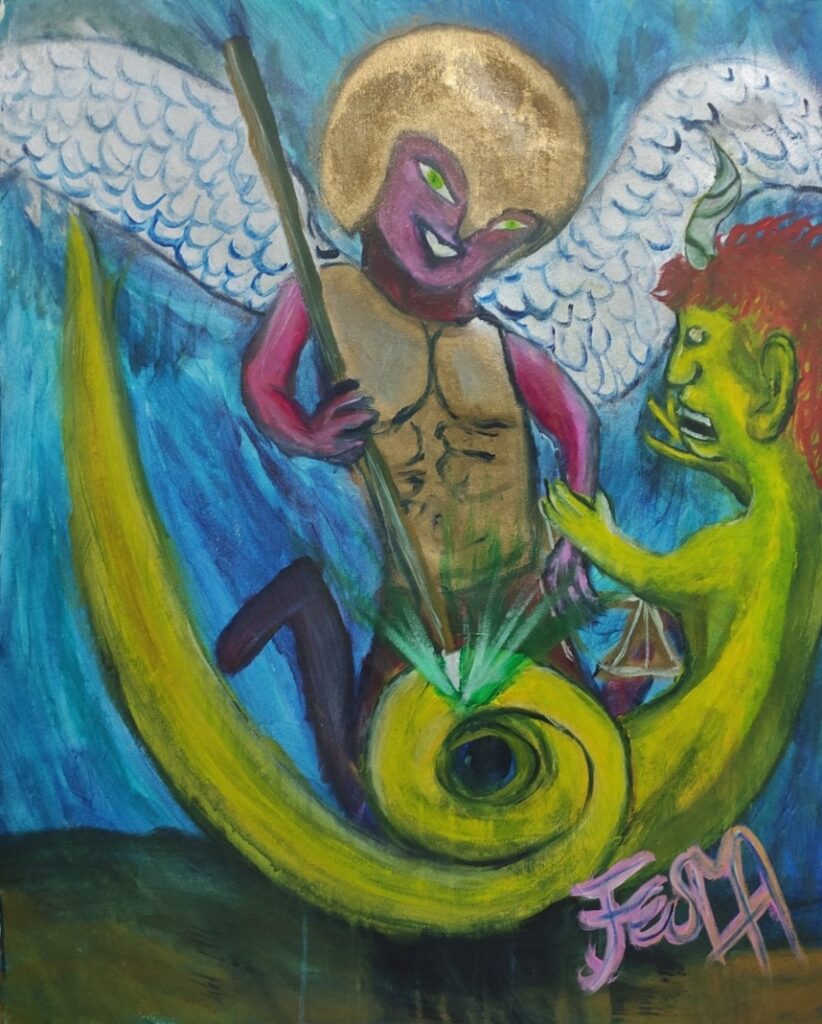
100×80 cm
Acrylic and spray on canvas
2023

100×100 cm
Acylic on canvas
2023
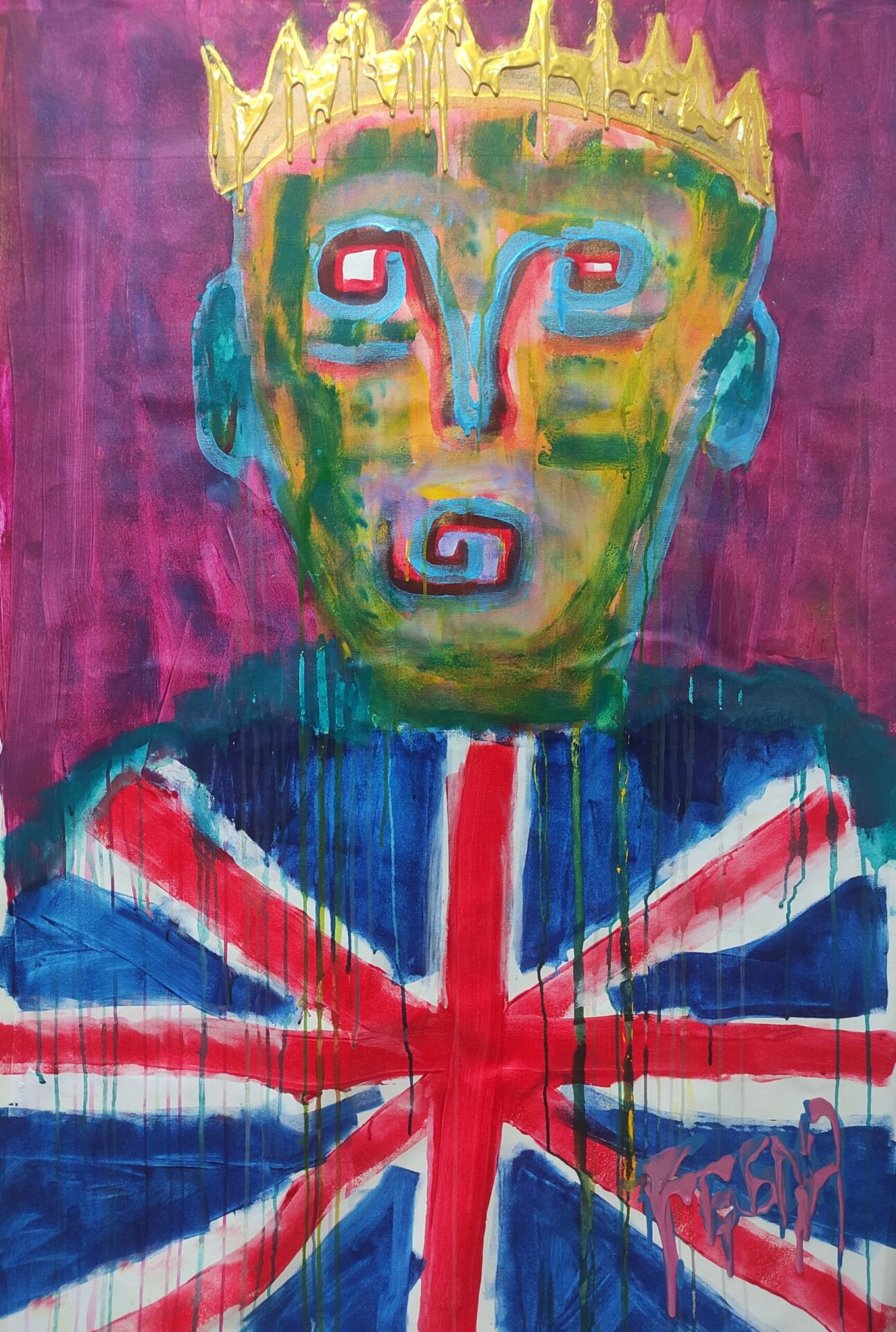
150×105 cm
Acylic on canvas
2022

200×200 cm
Acylic and spray on canvas
2023
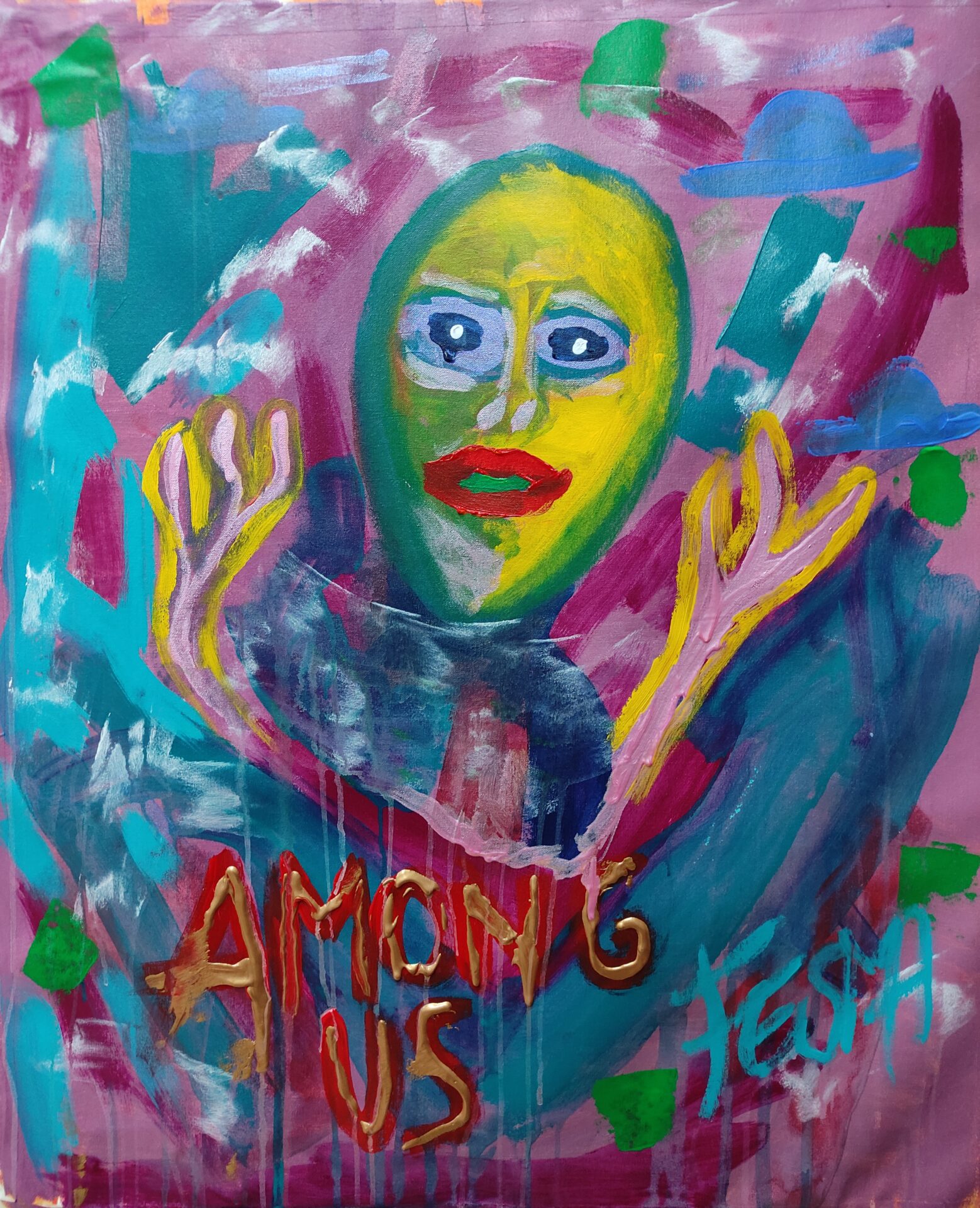
98×80 cm
Acylic on canvas
2022
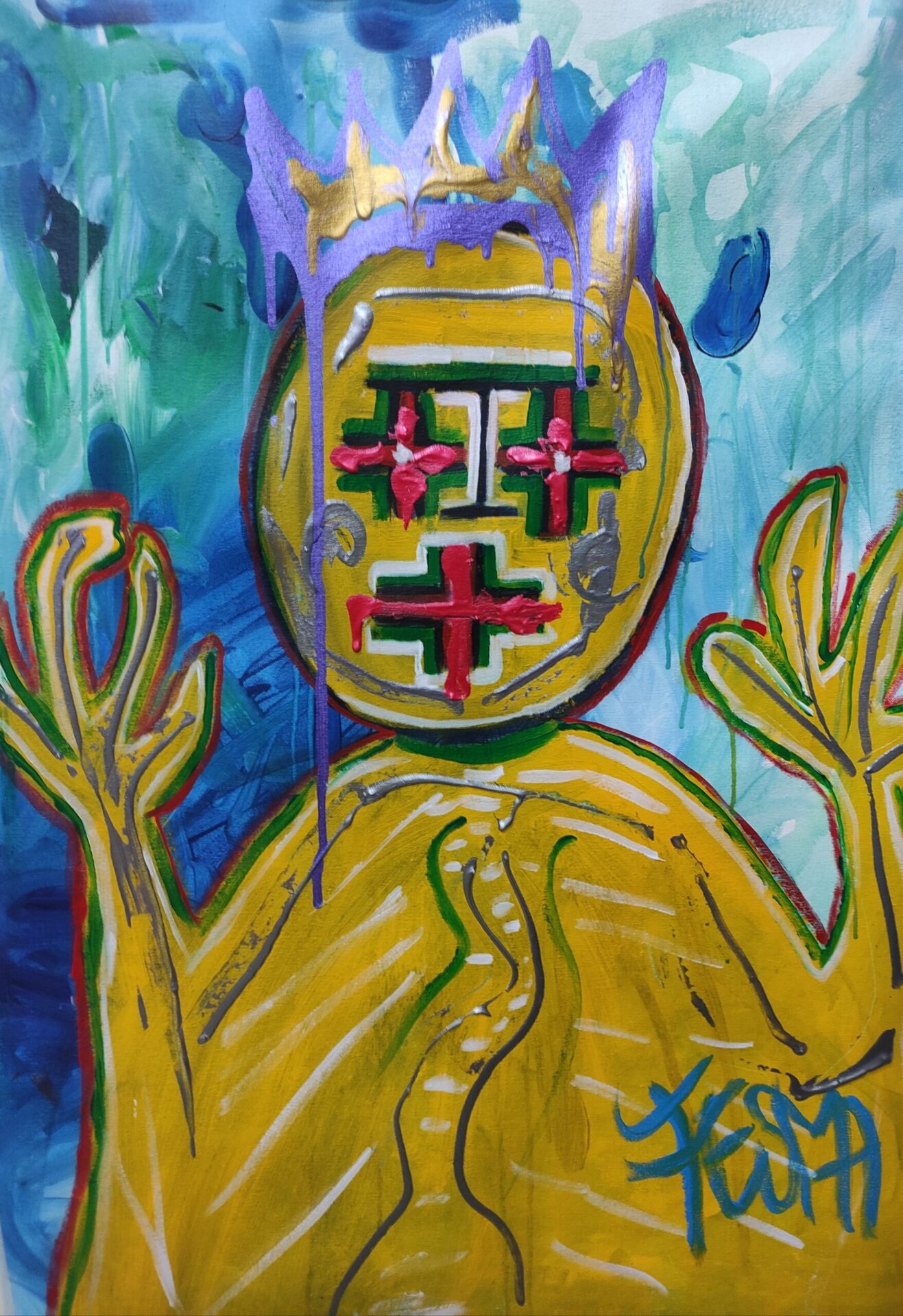
90×62 cm
Acylic on canvas
2022
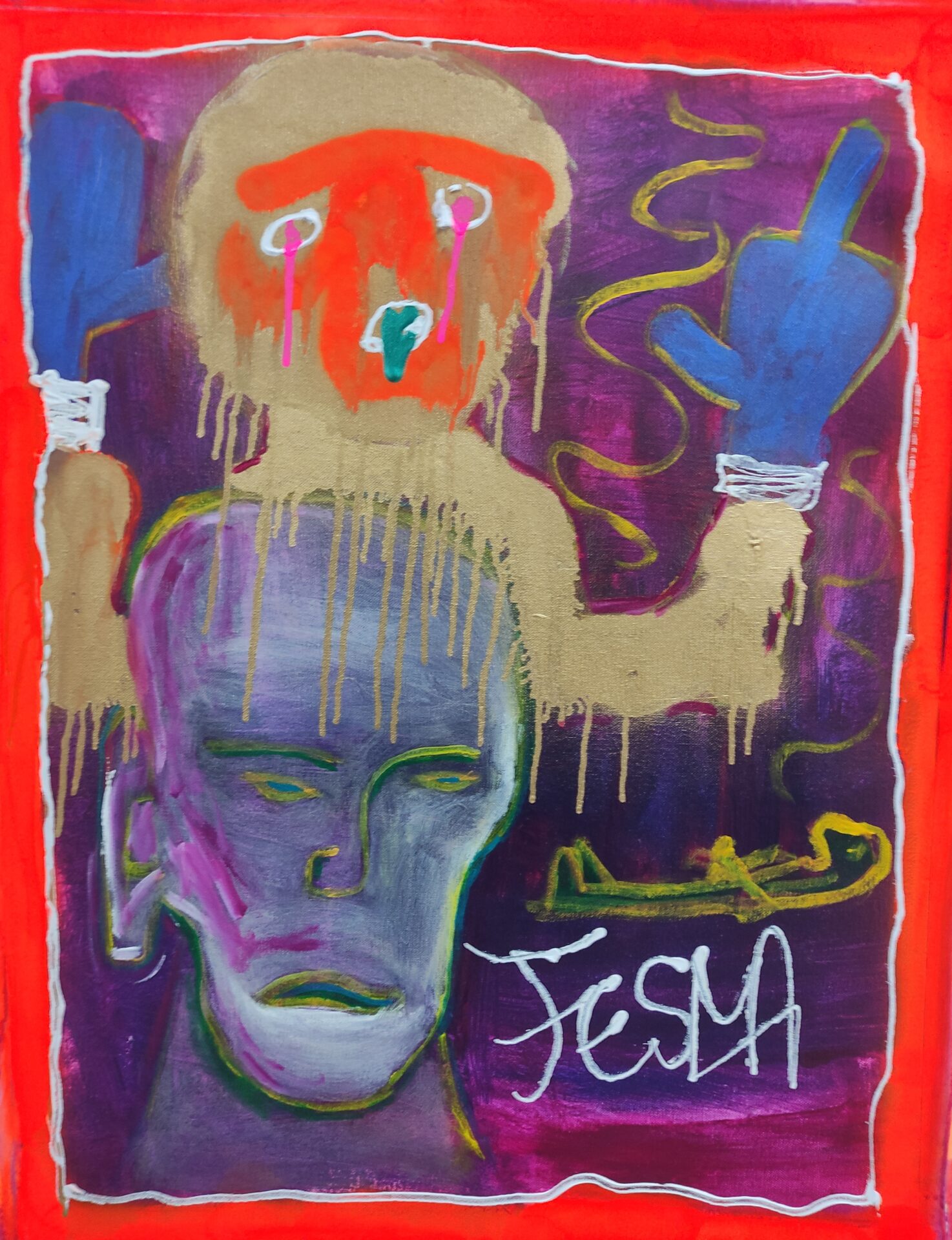
62×42 cm
Acylic and spray on canvas
2023

42×35 cm
Acylic on canvas
2023
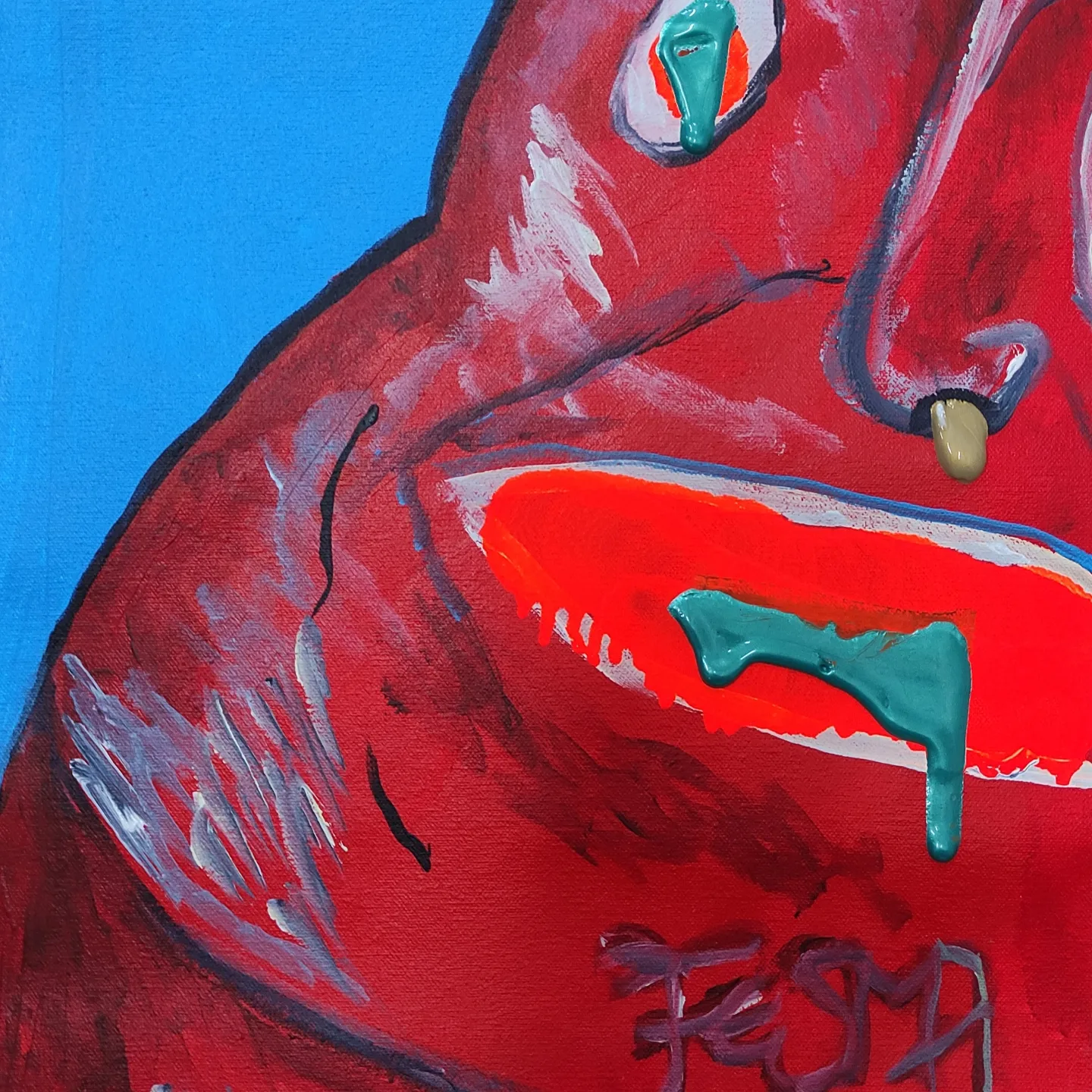
43×27 cm
Acylic on canvas
2023
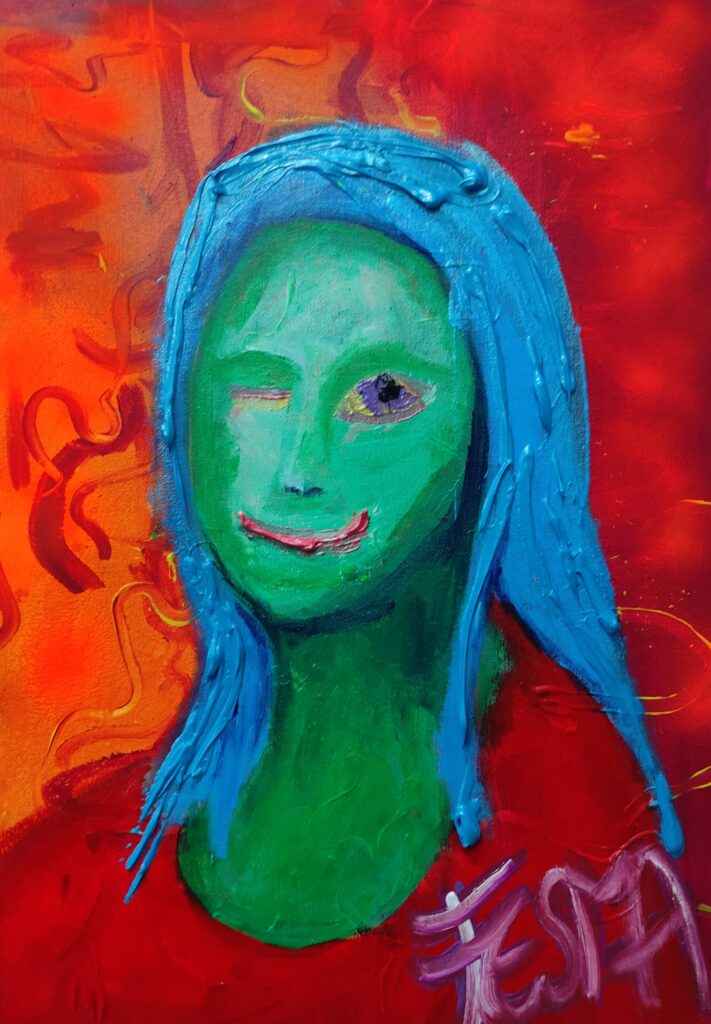
61×42 cm
Acylic and spray on canvas
2022
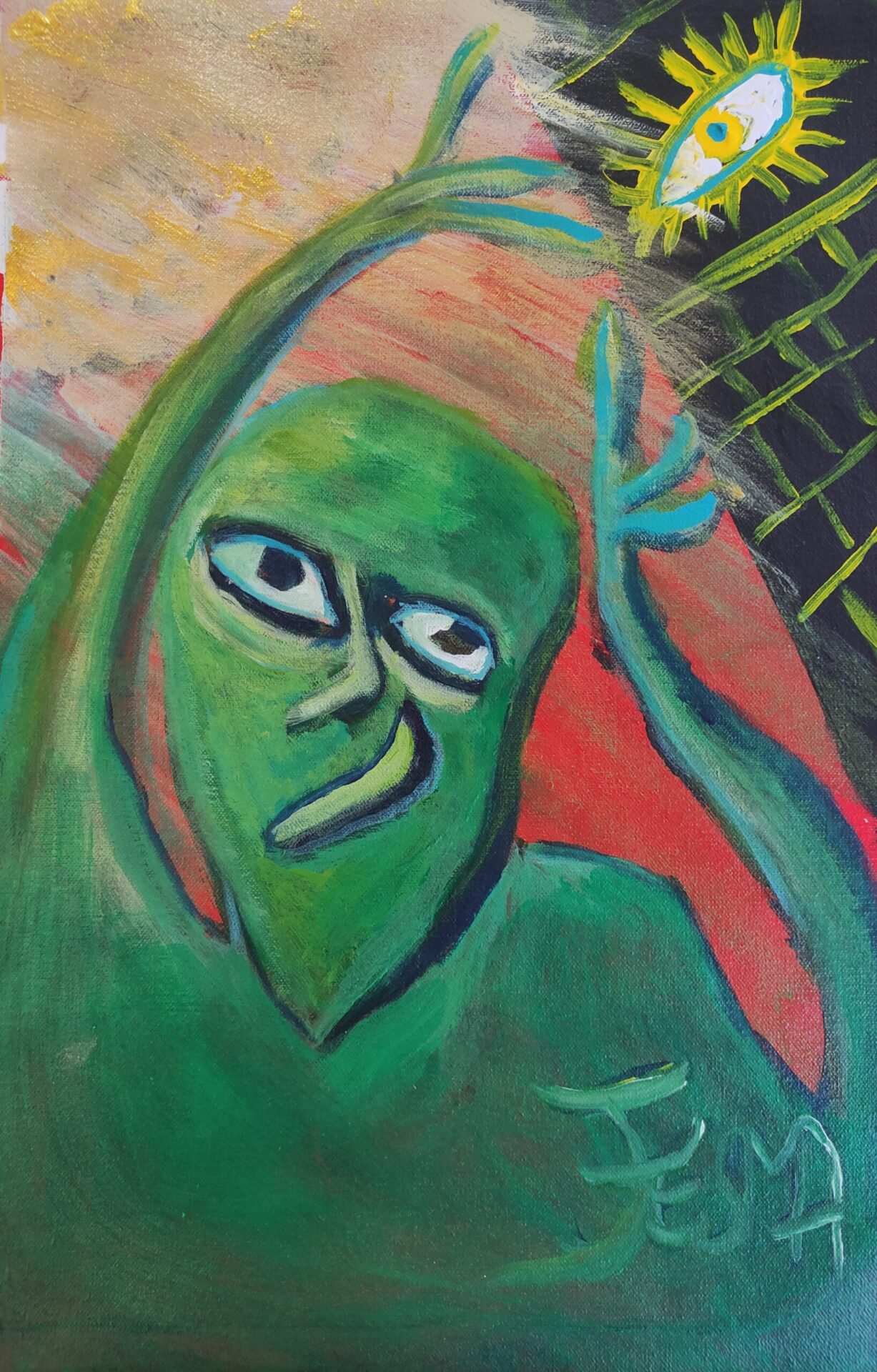
43×27 cm
Acylicon on canvas
2023
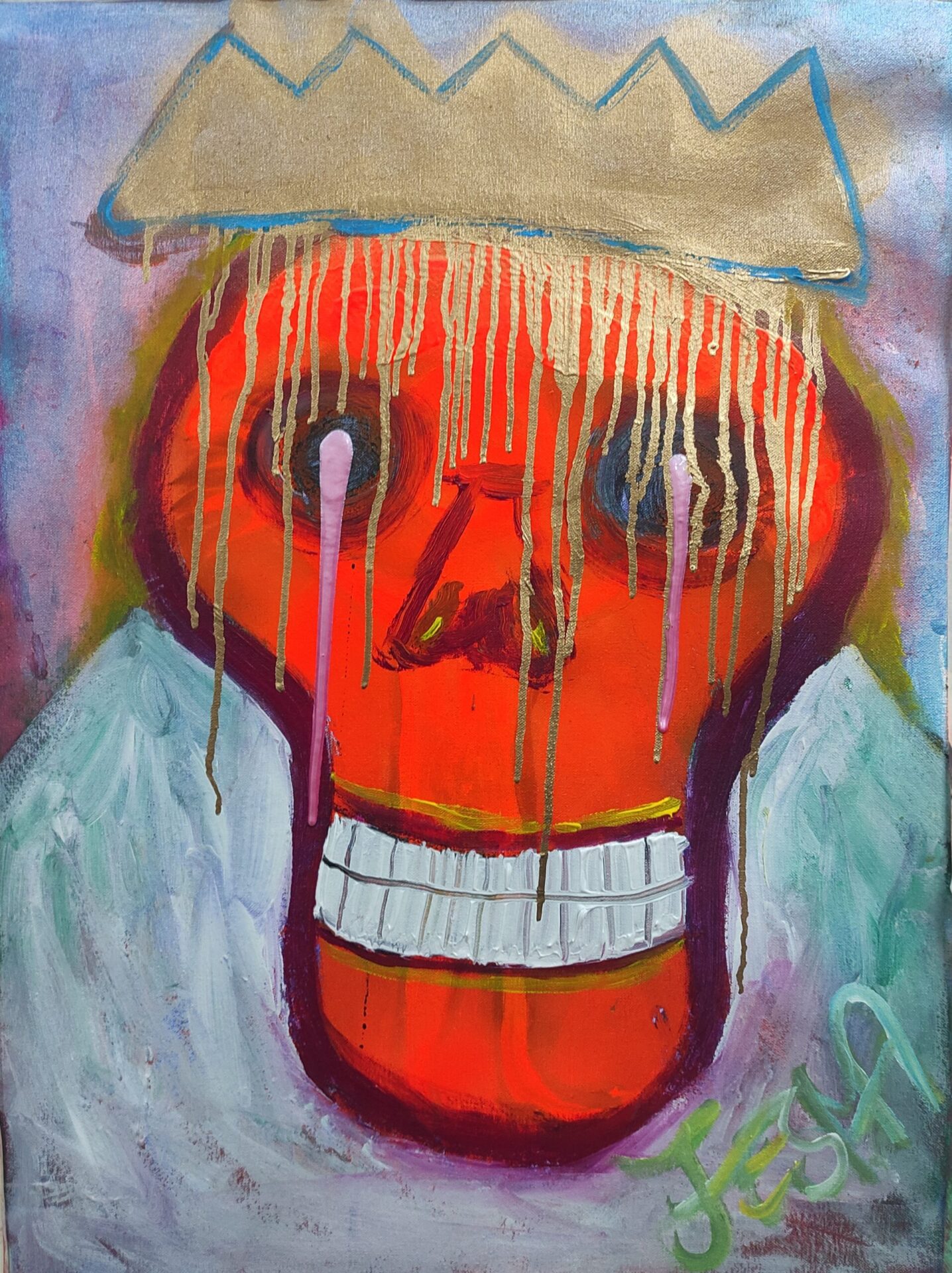
61×42 cm
Acylic and spray on canvas
2023
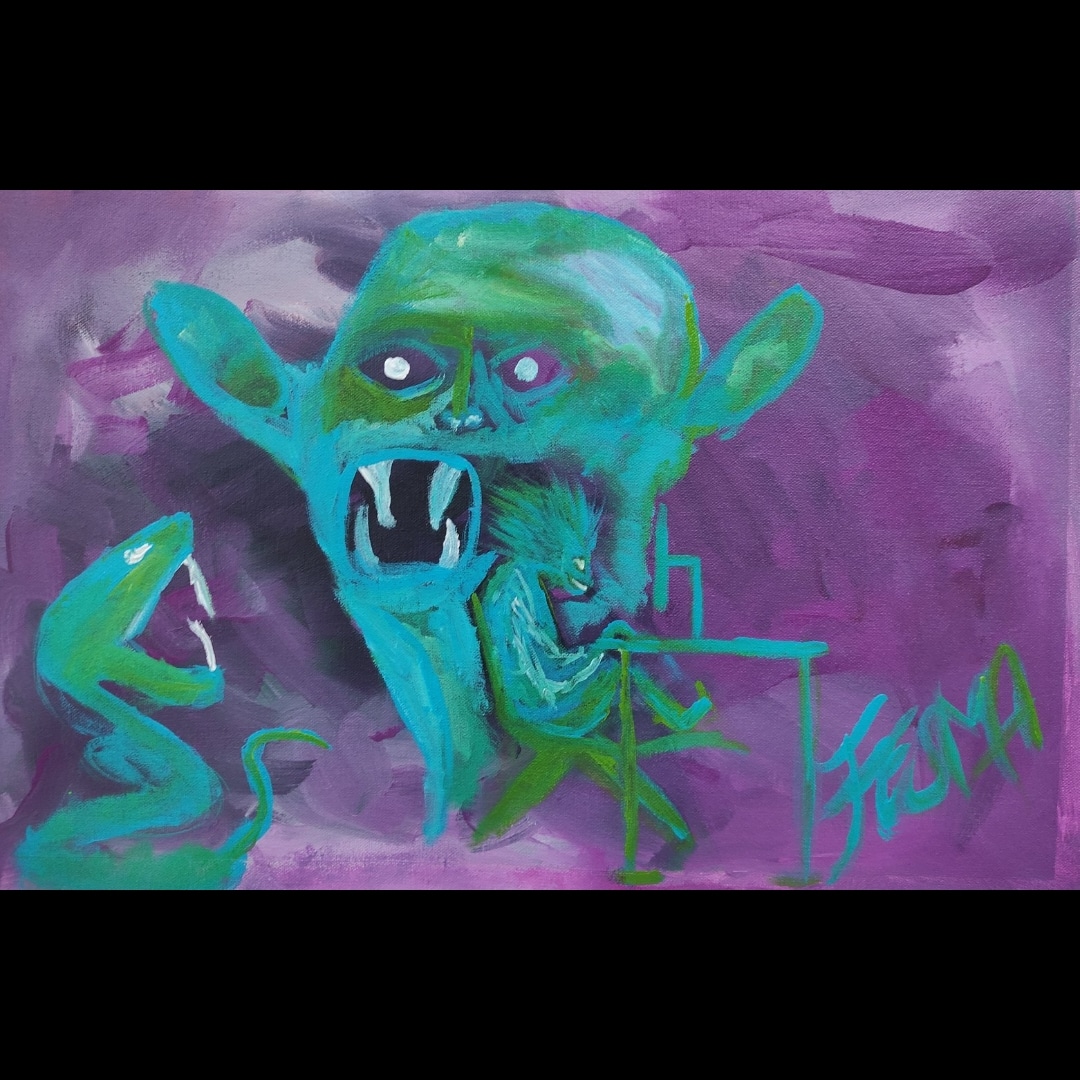
27×43 cm
Acylic on canvas
2023
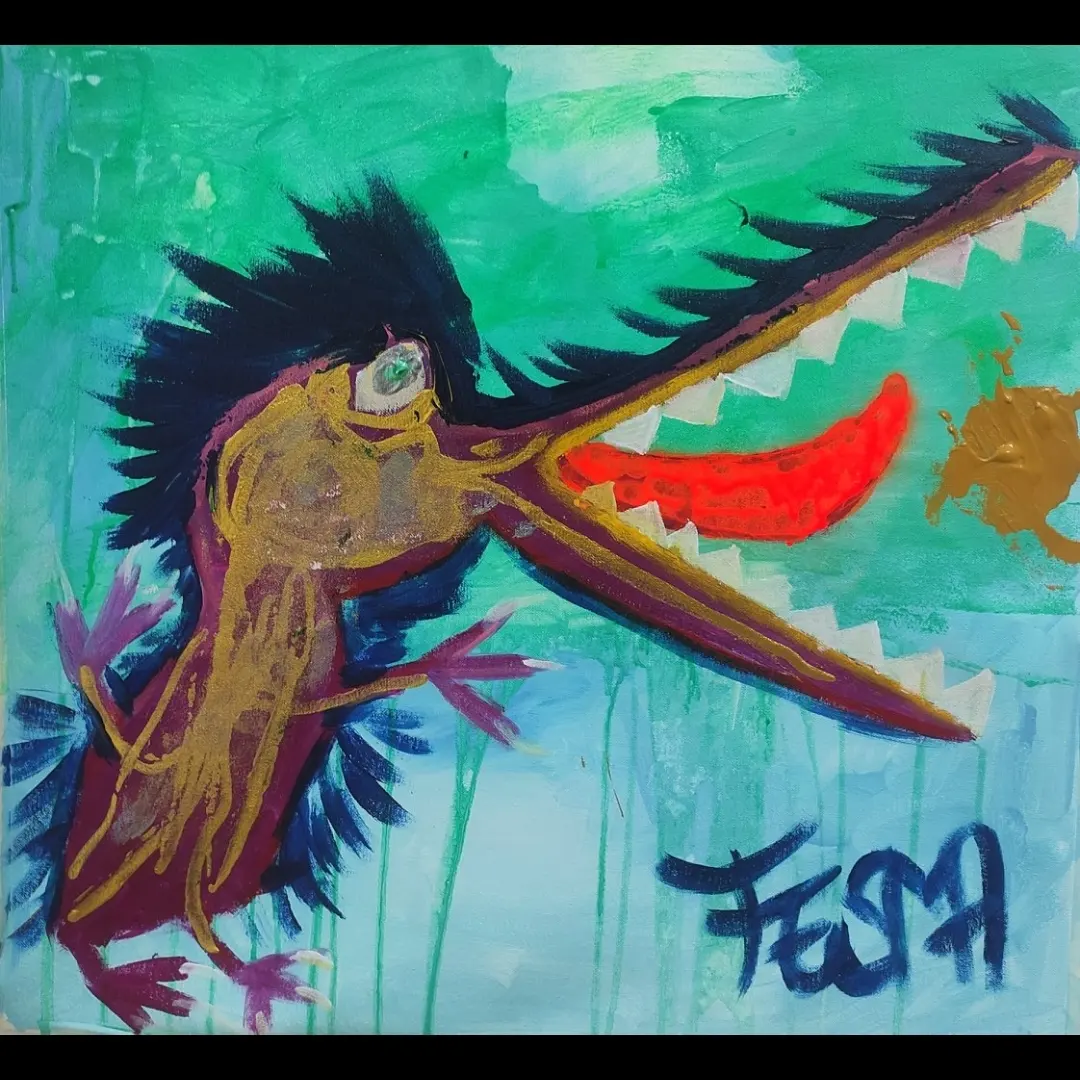
51×51 cm
Acylic and spray on canvas
2023
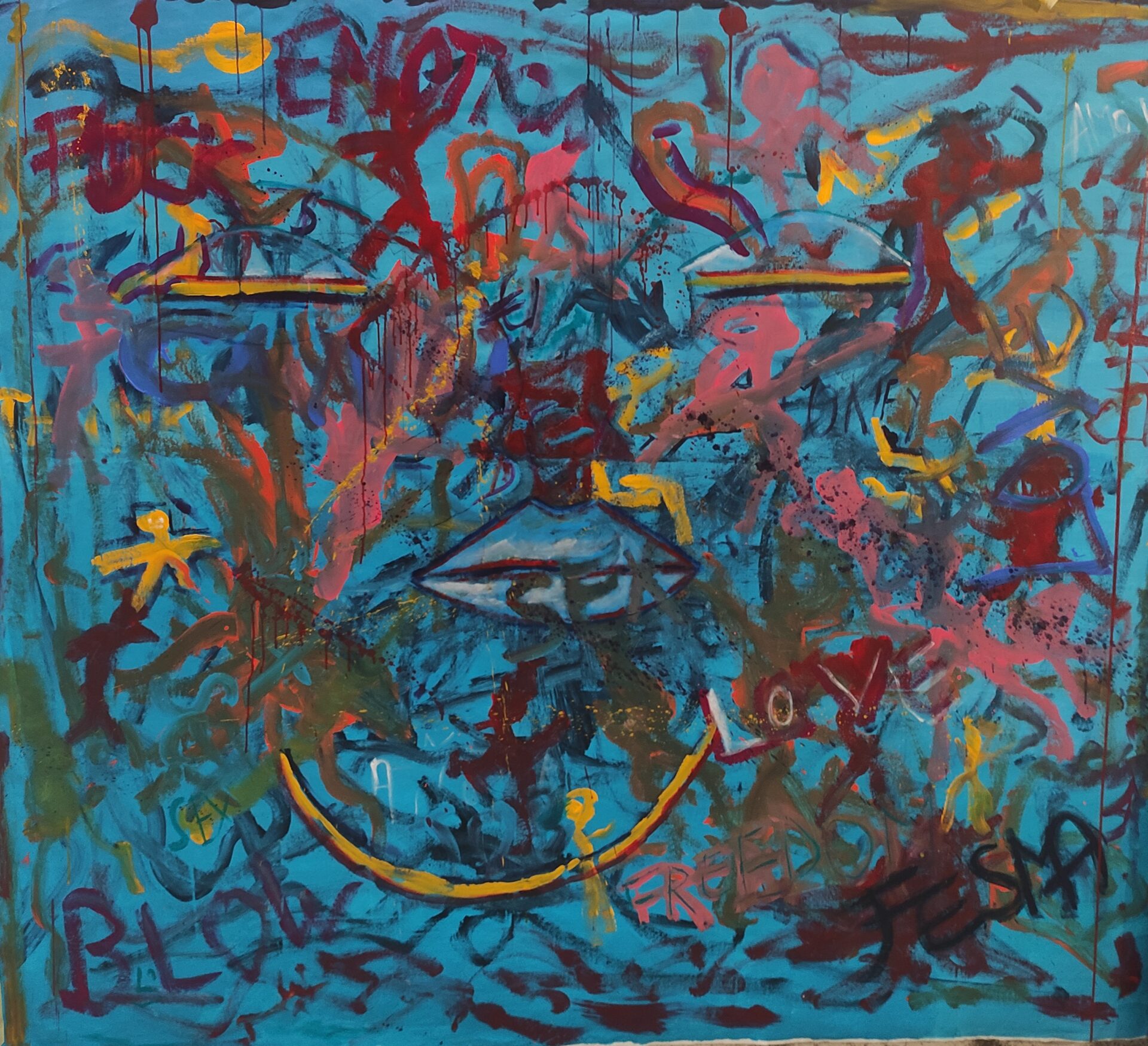
230×200 cm
Acylic on canvas
2022

120×80 cm
Acylic and spray on canvas
2023
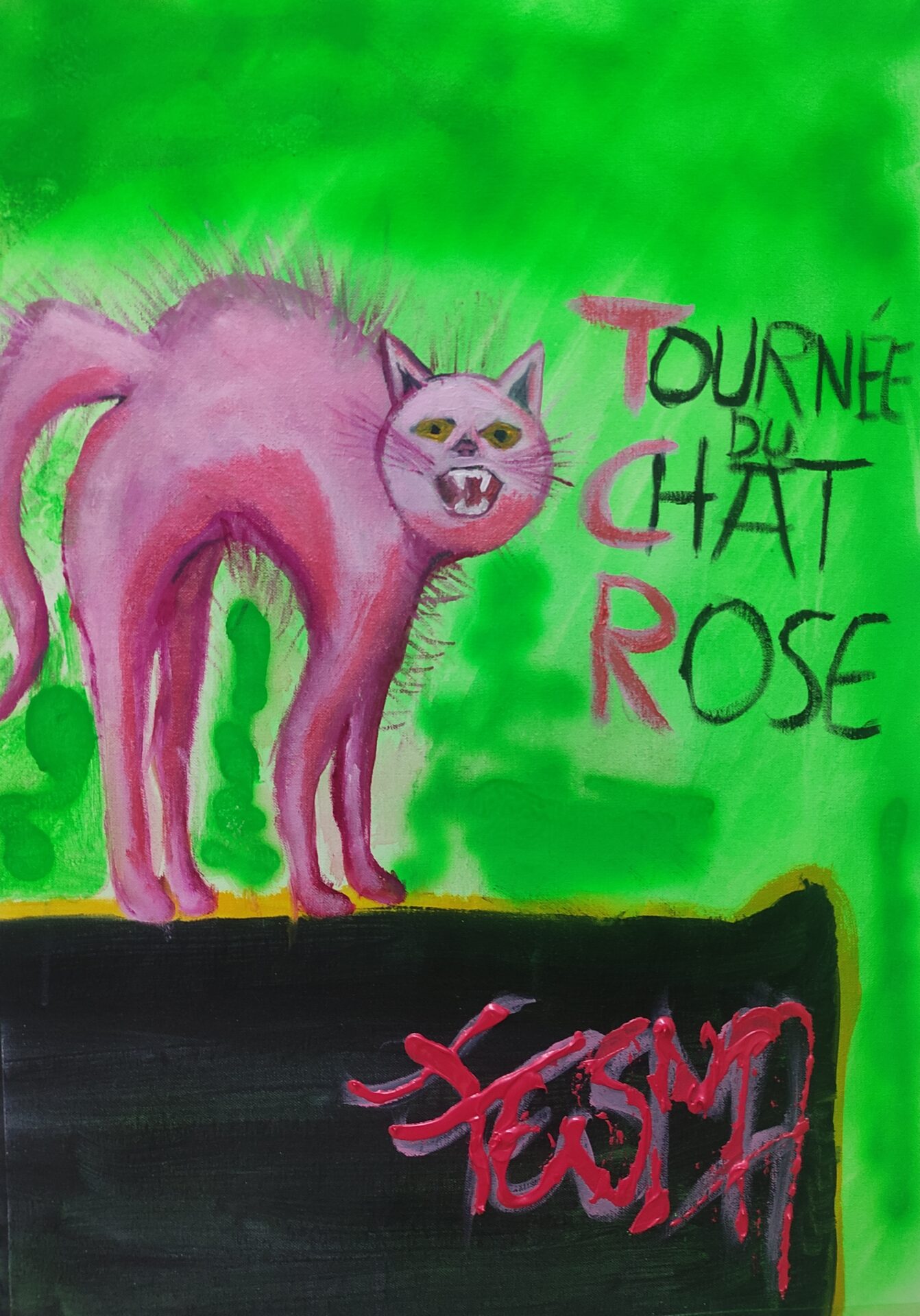
61×42 cm
Acylic and spray on canvas
2022
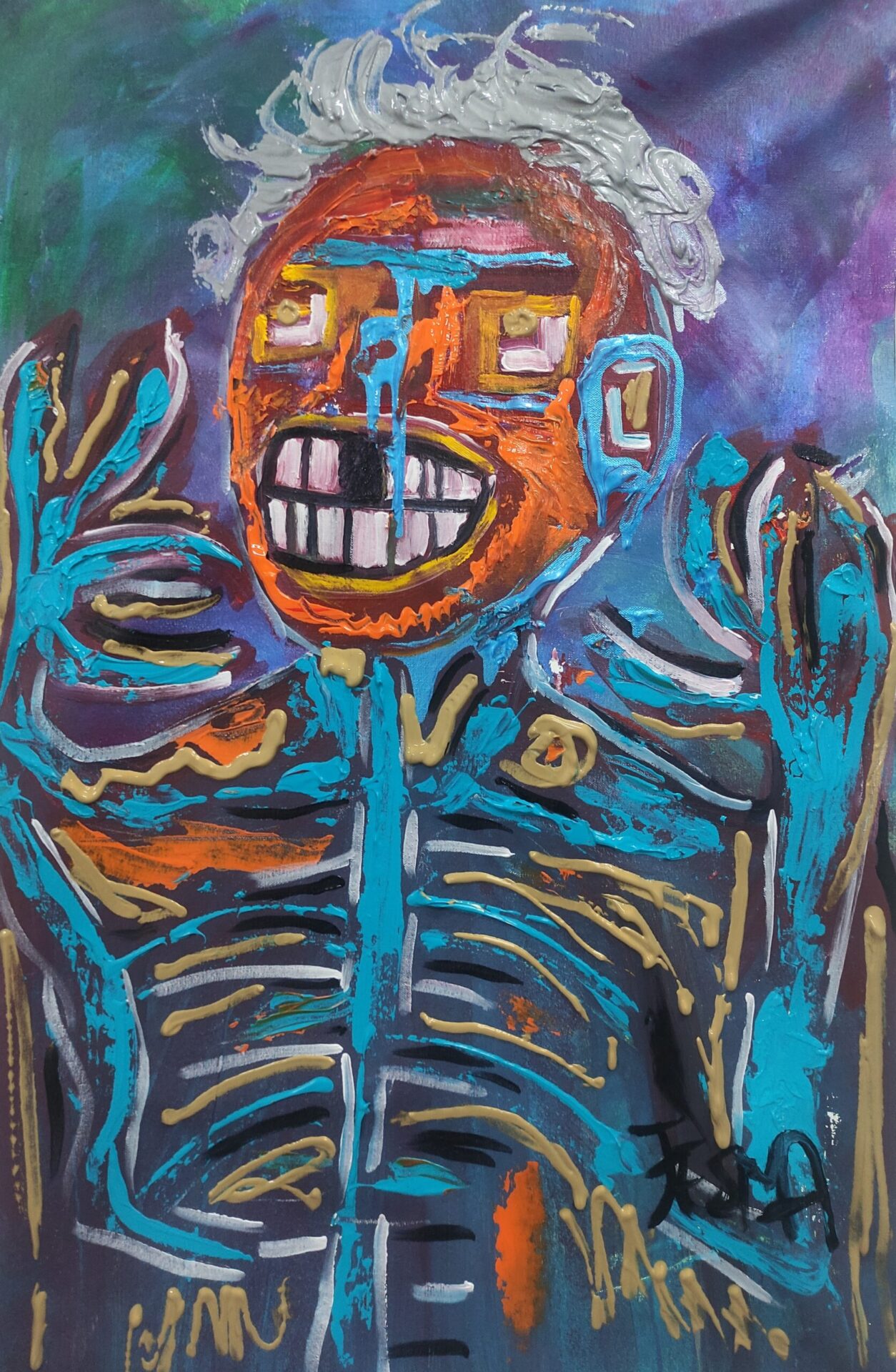
80x50cm
Acylic and spray on canvas
2023
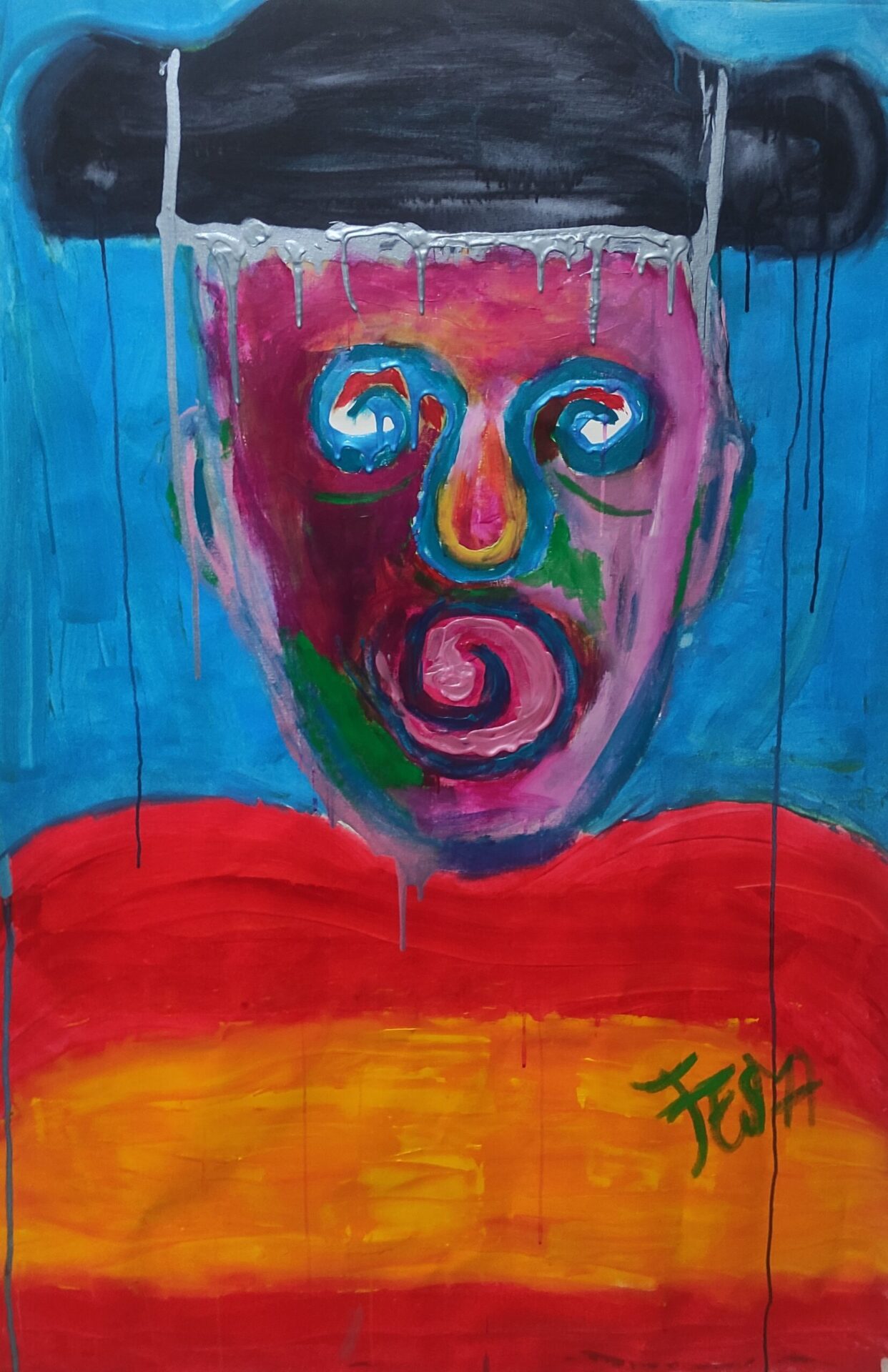
150×105 cm
Acylic on canvas
2022
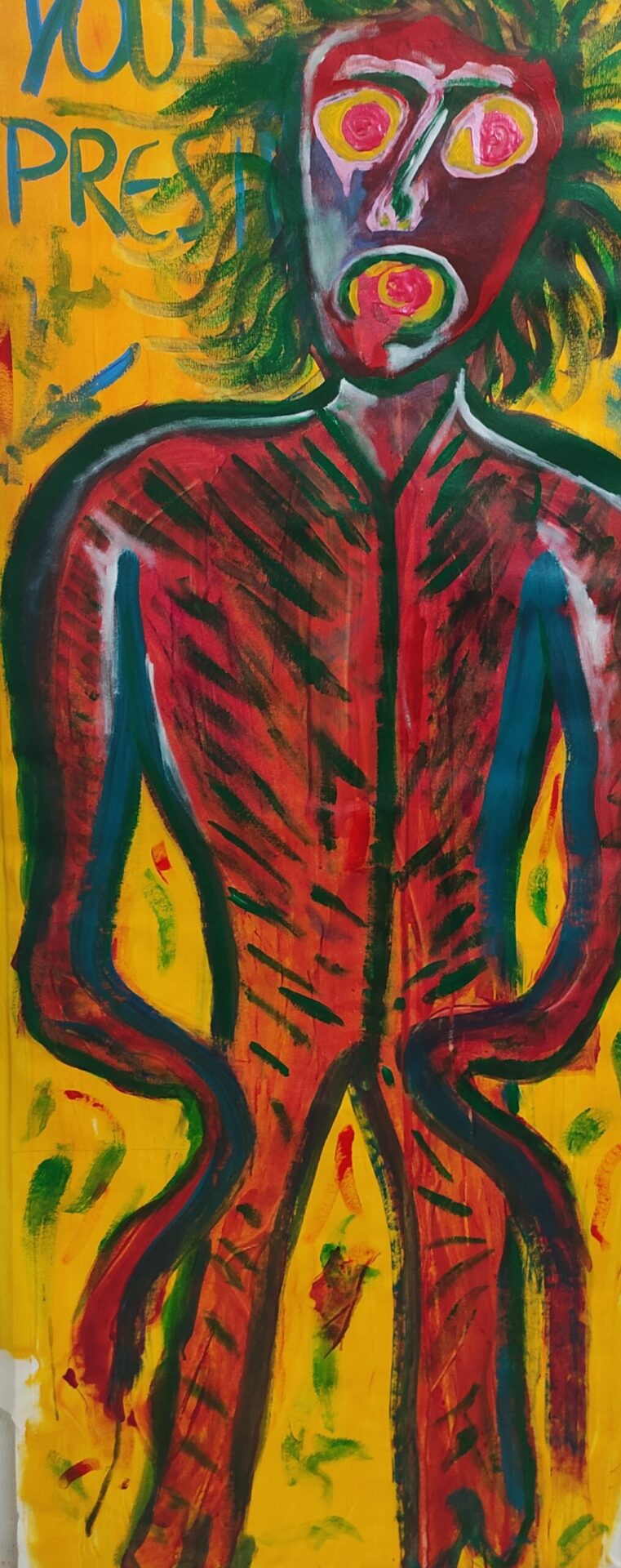
198×68 cm
Acylic on canvas
2022
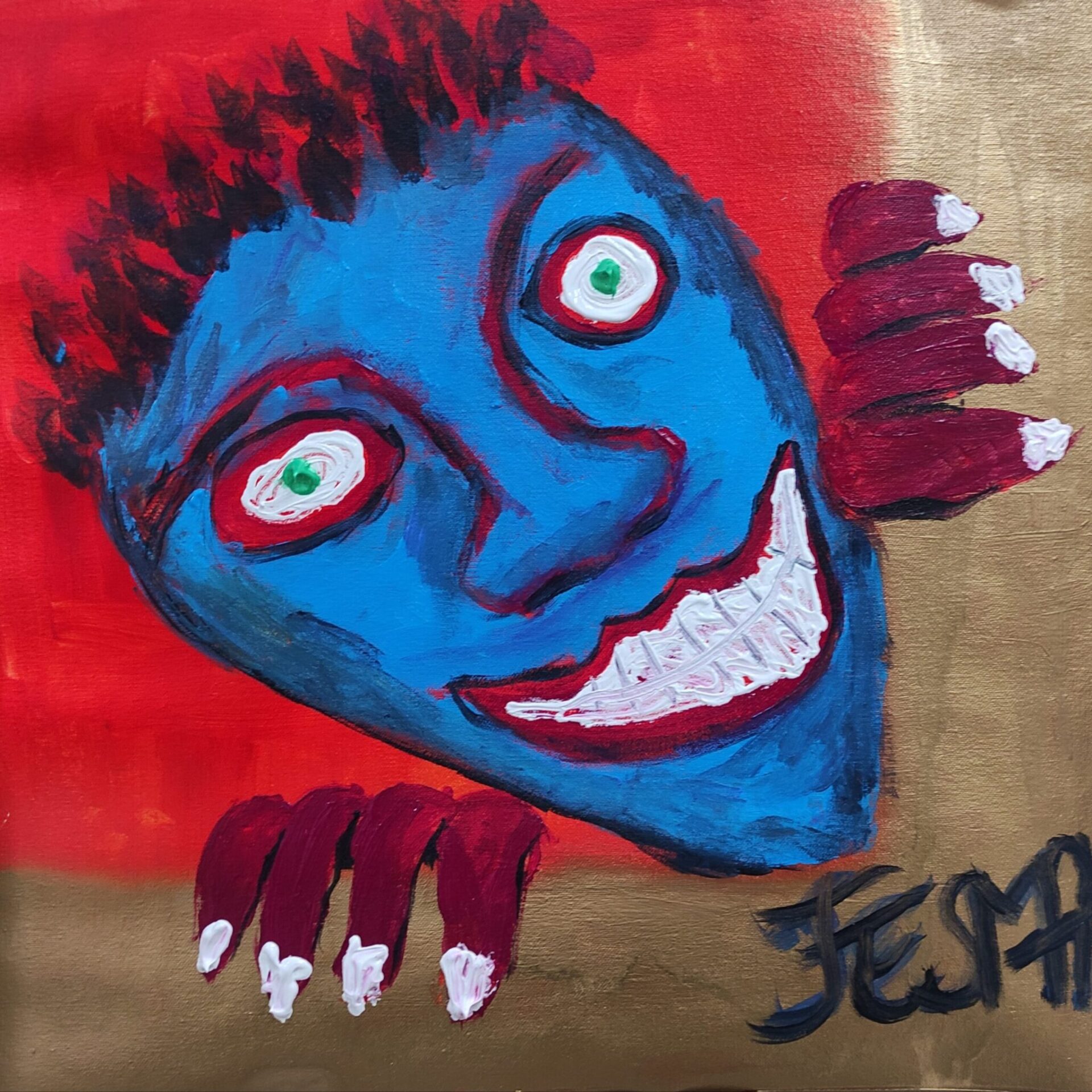
41×41 cm
Acylic and spray on canvas
2023